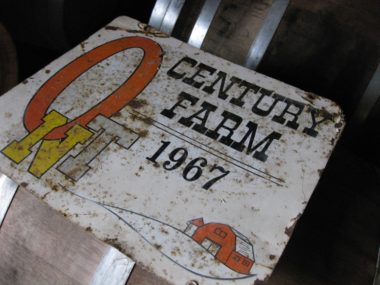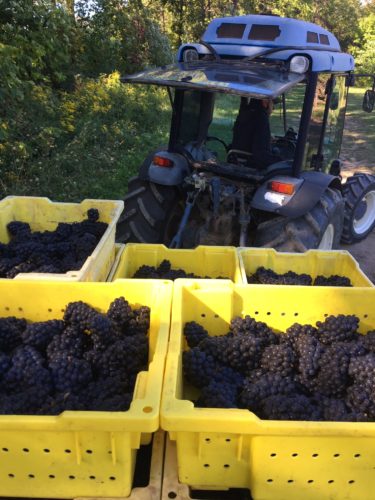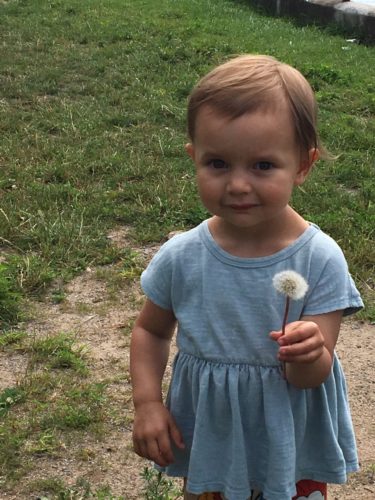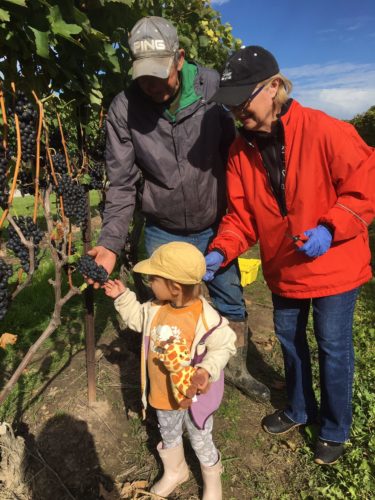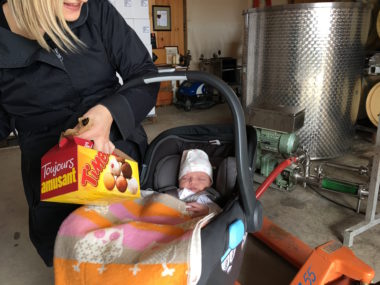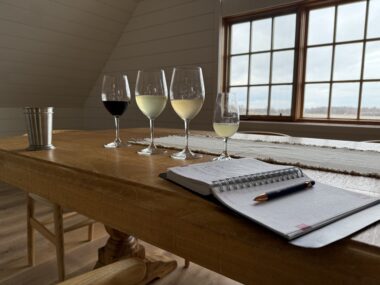
While cleaning out my desk recently, I opened up a day-timer from 2008 and was instantly transported back to a life I scarcely remember. It was a time when we were on the cusp of something special, but I didn’t know it yet. There were notes from introductory meetings with Insite Design, a honeymoon in Paris and Burgundy planned without a smartphone, a golf trip with my Dad to Williamsburg and some ideas for the name of a winery. “How many rows of Pinot did Mom and Dad first plant back then?”
Fittingly, thanks to those fruitful sessions with Insite, just about the only thing that hasn’t changed over the last 17 years is our wine label. To put things into context, you have to remember that blogs were cutting edge back then and my idea of “social media” was an email exchange with Peter Mansbridge about his enjoyment of our Pinot Gris. Ultimately, the exercise was a fun reminder about why we got into this in the first place along with the early challenges and uncertainty that we faced.
One odd note I came across was a page that simply had the words “letting the vineyard be the star” written on it. I don’t remember the context or what I intended to do with that thought, but perhaps it has been a silent mantra engrained within me throughout this whole journey. Maybe it was a humble reminder that it’s not meant to be about me, but a tribute to those whocame before. More likely, I was attempting to manifest a situation where everything revolved around what happened in the vineyard – the blog stories, the wines, my daily farm work and meeting people for tastings in the barn. Come to think of it, maybe that part hasn’t changed much either.
In an era where the look at me culture fostered by many social media platforms becomes the new norm, it can be difficult to trust that the way you have always done things still resonates. Seeing that statement, on a page written in 2008, was just the perspective tonic I needed to keep letting it happen from the vineyard out.


